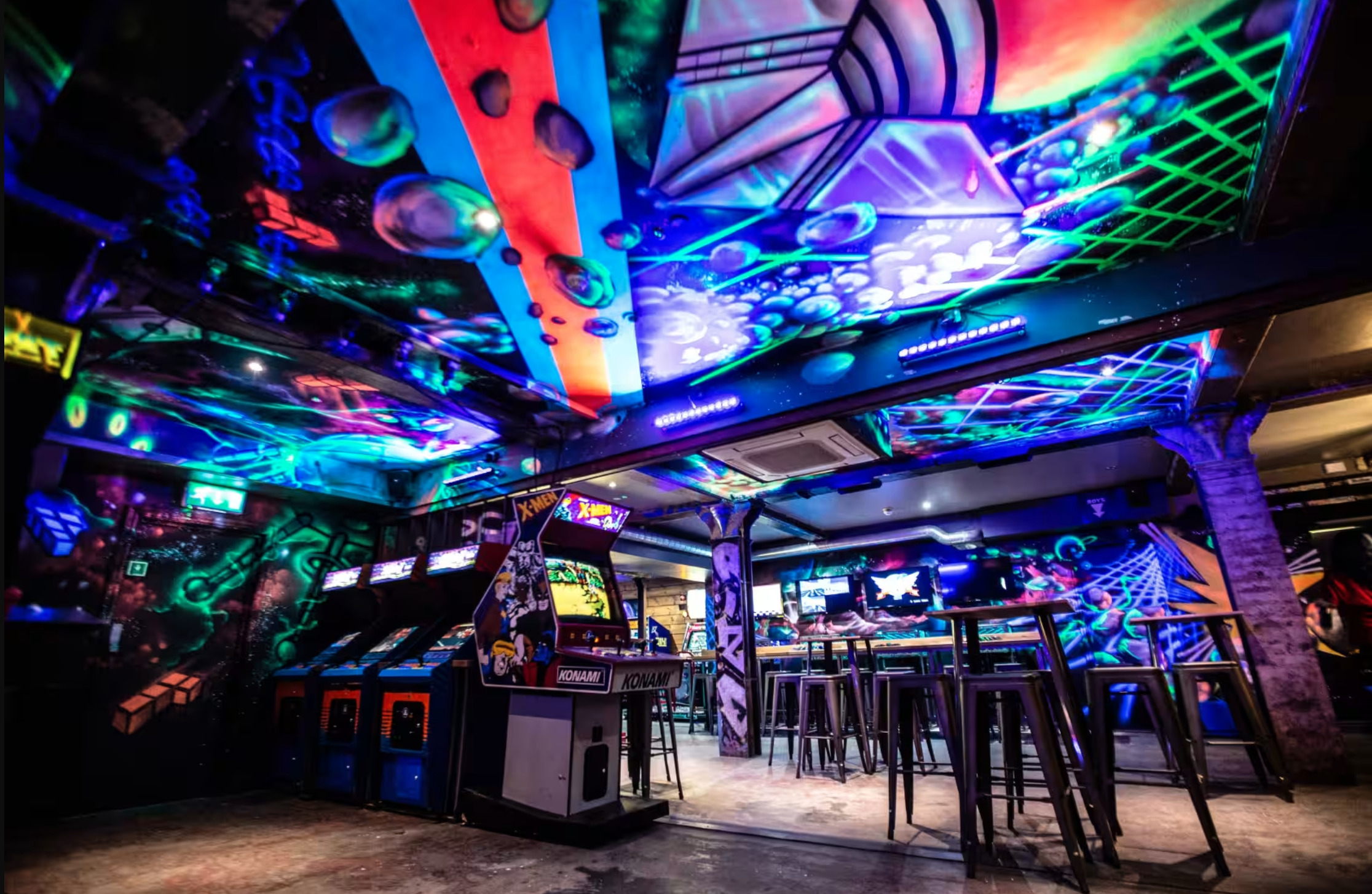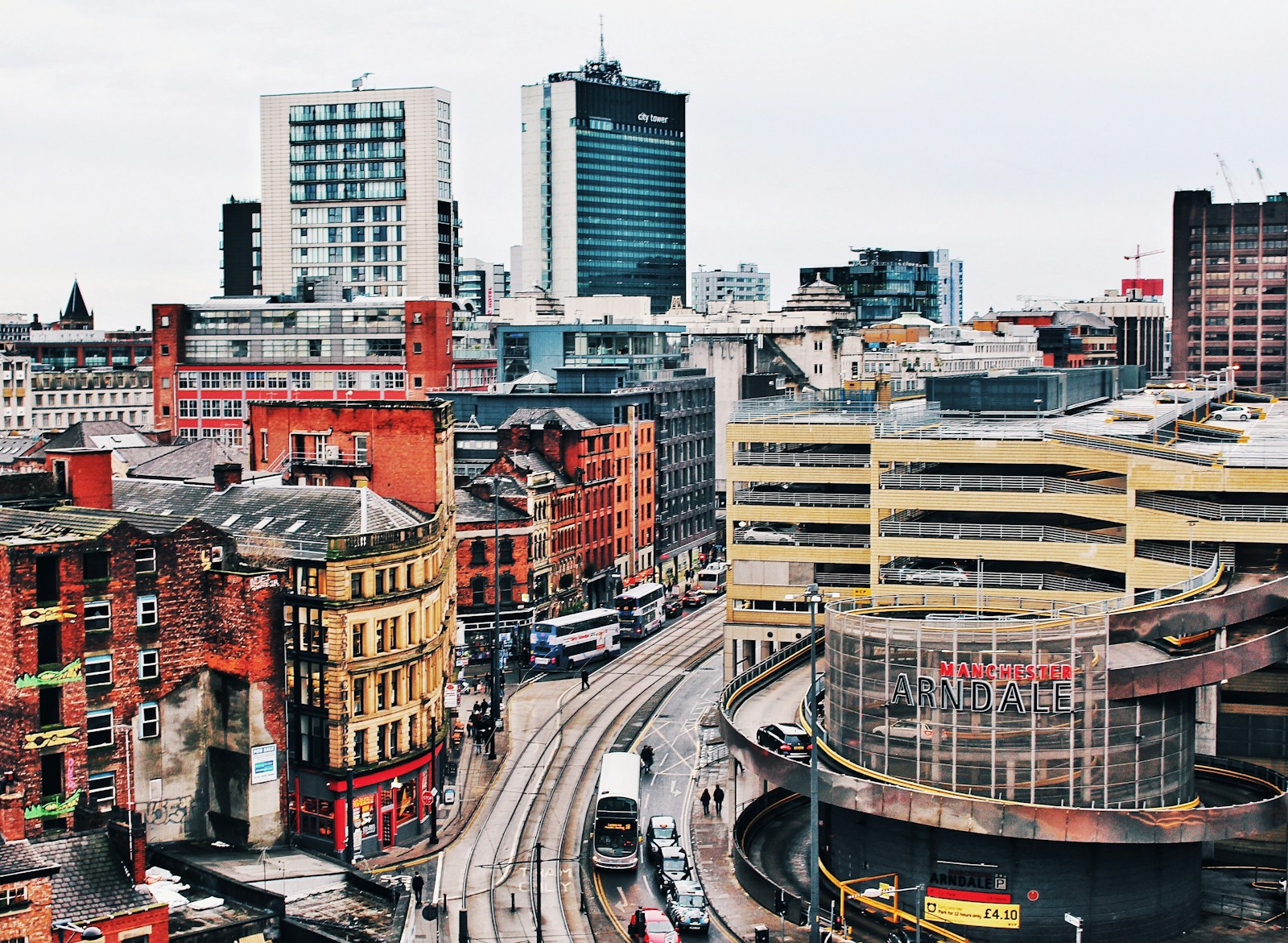The Gravity of Town Centres: Are Councils Creating Attractive Forces for Communities and Tourists?
Imagine your town centre as a gravitational field. Every business, park, entertainment venue, or café is a point of attraction, pulling people in to engage, spend time, and contribute to the local economy. But as with any gravitational system, the force that a town centre exerts depends on its mass—the quality, variety, and relevance of the experiences it offers. If your town centre’s gravitational pull is weak, people simply pass through, treating it as a place of necessity rather than a destination. But if the pull is strong, your town becomes a hub—a place where communities thrive, and tourists flock.
Is your town centre an attractive force?
Many councils focus on the logistics of running a town centre—planning infrastructure, transportation, housing—but often miss the critical factor of how attractive their town is both to the communities they serve and to potential visitors. It’s time for councils to consider not just the functional aspects of town centres but their magnetic pull—the force that draws people in, keeps them engaged, and encourages them to return. This gravitational force, though hard to quantify at first glance, can be measured, strengthened, and nurtured.
Let’s explore how councils can determine the strength of their town’s gravitational pull and how they can increase it through strategic planning, community engagement, and thoughtful development.
The Gravity Playbook: How Councils Can Measure and Strengthen Their Town Centres
1. Understanding the Concept of Gravity in Town Centres
A town centre’s gravitational force is a combination of factors that make it an appealing destination for residents and tourists alike. These include:
- Diversity of Experiences: Do you offer a variety of attractions, shops, services, and green spaces that appeal to a broad demographic? A diverse array of experiences increases the chance of attracting people with different interests and needs.
- Quality of Infrastructure: Is it easy for people to move around the town? Are there accessible public transport options, bike paths, and pedestrian-friendly areas?
- Emotional Engagement: Does your town centre evoke a sense of belonging or excitement? Is there a feeling of pride or attachment to the space?
- Convenience and Accessibility: Are essential services and experiences within easy reach? Does the town centre offer the conveniences of modern life while also creating space for leisure and relaxation?
These aspects combine to create the “mass” of the town centre – the heavier the mass, the greater the gravitational pull.
2. Measuring the Gravitational Pull: Key Metrics for Councils
To understand the strength of a town centre’s gravity, councils need to measure several key metrics that directly indicate how well the town centre is performing as a destination for both locals and tourists. Here’s a playbook for how councils can assess these forces:
a. Dwell Time
What is it?
Dwell time refers to the amount of time people spend in the town centre during a single visit. The longer they stay, the stronger the gravitational pull of the town.
Why it matters:
If people are spending more time in the town centre, it means they are more engaged with what it offers—whether it’s dining, shopping, entertainment, or simply enjoying public spaces. A high dwell time indicates that the town centre is not just a place to pass through but a place to linger and enjoy.
How to measure it:
- Use footfall tracking technology or surveys to determine how long people typically spend in the town centre.
- Segment this data by the time of day, type of visitor (local vs tourist), and day of the week to gain insights into patterns.
- Aim for an average dwell time of 2–4 hours for a healthy town centre. Anything under 1 hour suggests people may not find enough reasons to stay.
b. Spend Per Trip
What is it?
This measures how much people spend during their visit to the town centre.
Why it matters:
A high spend per trip indicates that people are finding value in what the town centre offers. It also shows that local businesses are benefiting, which strengthens the local economy and keeps the town centre alive and vibrant.
How to measure it:
- Surveys at key locations can capture spend information, or data can be gathered from businesses through collaboration.
- Target an average spend per trip that reflects the local economy. For example, in a medium-sized UK town, this might be £20–£50 per visit. For tourist-heavy towns, it could be £100+ per visit.
c. Repeat Visits
What is it?
This tracks how often people return to the town centre over a set period (e.g., weekly, monthly, or quarterly).
Why it matters:
A town centre with strong gravity pulls people back time and time again. High repeat visits suggest that people view the town centre as part of their daily or weekly routine and that there are constantly changing offerings (such as events or seasonal markets) to keep them engaged.
How to measure it:
- Use loyalty programs, visitor passes, or mobile app data to track how often people return.
- Aim for high repeat visit rates from locals (e.g., 3–5 visits per month) and ensure tourists return to town for major annual events.
d. Visitor Sentiment and Satisfaction
What is it?
Visitor sentiment refers to how people feel about their experience in the town centre—are they satisfied, excited, or underwhelmed?
Why it matters:
The emotional connection people have with a town centre is just as important as the practical aspects. Positive sentiment creates word-of-mouth promotion, social media buzz, and civic pride.
How to measure it:
- Conduct regular visitor satisfaction surveys that assess aspects such as the quality of services, safety, cleanliness, and overall atmosphere.
- Monitor social media mentions, reviews, and user-generated content to gauge public opinion.
- Target a high satisfaction rate (80% or more), and track changes over time to identify areas for improvement.
e. Tourism and Visitor Attraction
What is it?
The number of tourists visiting the town centre and how much of their trip they spend in local attractions, shops, and restaurants.
Why it matters:
A town centre’s gravitational pull extends beyond its local population. Tourists often spend more money per visit and contribute to the local economy. Their presence is a clear sign that the town is appealing as a destination.
How to measure it:
- Collaborate with local hotels, tour operators, and attractions to track tourist numbers and their activities.
- Use public transport data, car park usage, and event attendance records to gauge tourist inflow.
- For smaller towns, aim for tourism making up 10–20% of overall footfall, while larger towns or cities could see 25%+ tourist visitation.
3. Strengthening the Gravity of Town Centres
Once councils understand the gravitational pull of their town centre through metrics, the next step is to enhance and optimise its attractiveness. Here’s how:
a. Improve Public Spaces and Accessibility
Creating welcoming, well-maintained public spaces—parks, plazas, walkable streets—significantly enhances the pull of a town centre. Public spaces give people reasons to linger and improve foot traffic for nearby businesses.
- Ensure pedestrian-friendly streets.
- Invest in clean, safe, well-designed outdoor areas.
- Provide public transport options and bike-friendly routes.
b. Develop a Rich Mix of Offerings
A diverse town centre is a thriving one. Councils should focus on curating a balanced mix of retail, dining, entertainment, and cultural experiences.
- Introduce a blend of traditional retail and experiential offerings (e.g., immersive art, pop-up events, interactive exhibits).
- Keep the town centre dynamic with seasonal events, markets, and festivals that change throughout the year.
- Include leisure options, such as cinemas, gyms, or co-working spaces, to cater to different groups.
c. Foster Community and Local Pride
Strong gravity comes from emotional engagement. A town that fosters a sense of belonging and pride will naturally attract more people.
- Encourage local businesses and artists to contribute to the identity of the town.
- Hold community events that celebrate local culture, history, and creativity.
- Promote volunteer opportunities or civic engagement initiatives that strengthen residents’ attachment to the town centre.
d. Focus on Experience, Not Just Convenience
In the age of e-commerce, town centres must offer more than just shopping—they must provide an experience. This could mean hosting pop-up events, outdoor performances, or creating immersive street art installations.
- Make every visit unique by focusing on experiential retail, cultural programming, or food festivals.
- Create spaces where people can both socialise and relax, such as outdoor seating areas, coffee shops with local artwork, or interactive play areas for children.
Conclusion: Building a Town Centre with Gravity
Councils must start thinking of their town centres as magnetic forces that pull people in and keep them coming back. By carefully measuring dwell time, spend per trip, repeat visits, sentiment, and tourism, councils can assess the effectiveness of their strategies and take actionable steps to strengthen the gravitational pull of their town centres.
A town centre with strong gravity not only supports local businesses but also becomes a thriving hub of activity, where both the local community and visitors feel a deep sense of connection and excitement. Now is the time for councils to ask themselves: How strong is your town’s gravitational pull? If the answer isn’t clear, it’s time to measure, reflect, and evolve.



